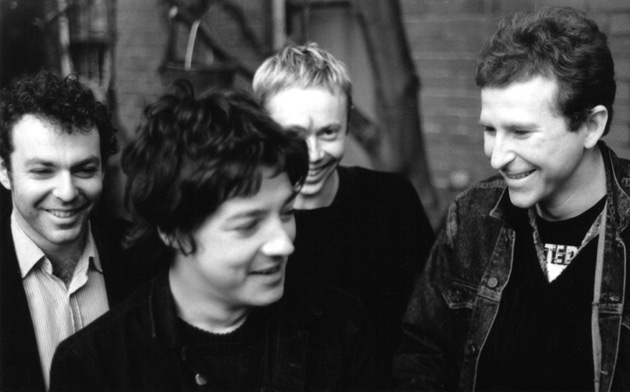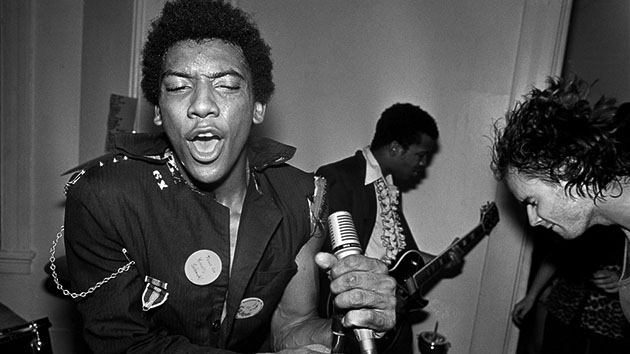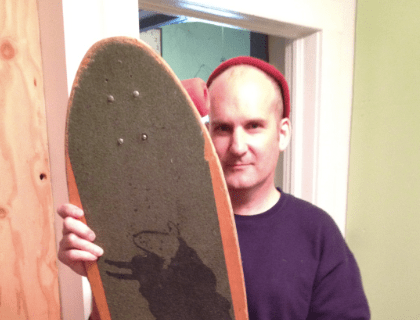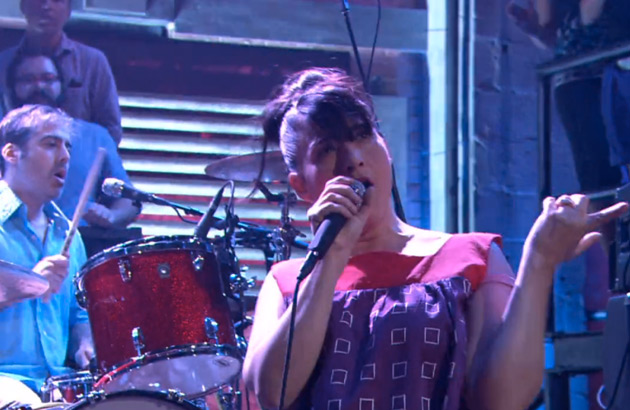
Kathleen Hanna fronts The Julie Ruin on Jimmy Fallon's show, September 3.
The Julie Ruin
Run Fast
TJR Records
As singer for the trailblazing ’90s group Bikini Kill, Kathleen Hanna was a driving force in the riot grrrl movement, which blended feminism and furious punk rock. After the band’s demise near the end of that decade, she moved on to Le Tigre, addressing similar concerns in a more dance-oriented format. Hanna has been out of the scene for nearly a decade, however, so her return to action in The Julie Ruin is cause for celebration.
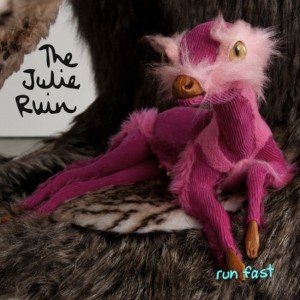
Taking its name from her pseudonymous 1998 solo project as Julie Ruin, this high-octane quintet also features former Bikini Kill mate Kathi Wilcox on bass and Kenny Mellman of the drag cabaret duo Kiki and Herb on keyboards. But human tornado Hannah is the focal point. Howling and shouting in full attack mode, she hasn’t lost a bit of the fire that made her so compelling two decades ago. She continues to excel at fusing the personal and political in songs such as “Girls Like Us” and “The Kids in New York,” though you don’t need a lyric sheet to appreciate Run Fast. The sheer raw power of the music is reward enough.
